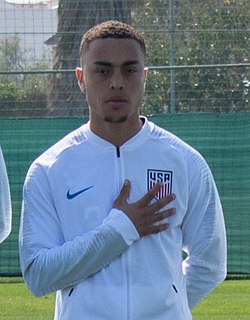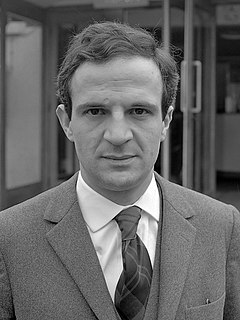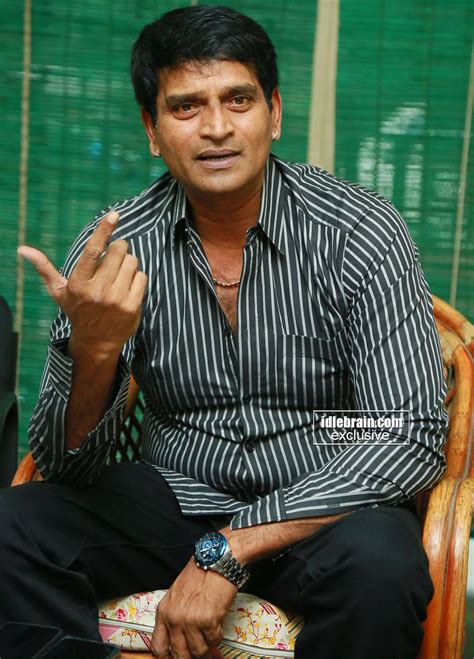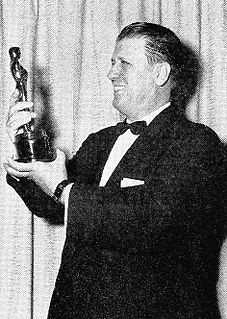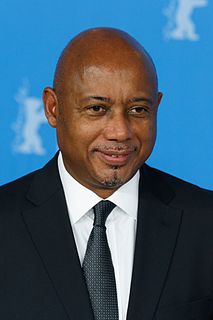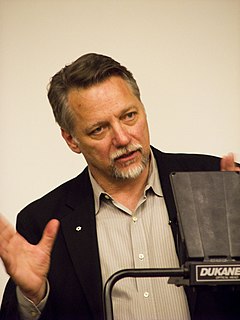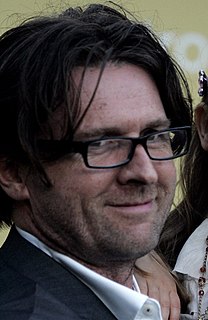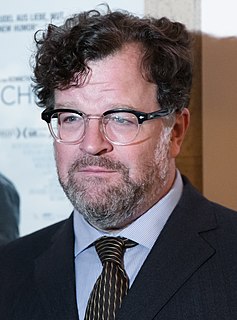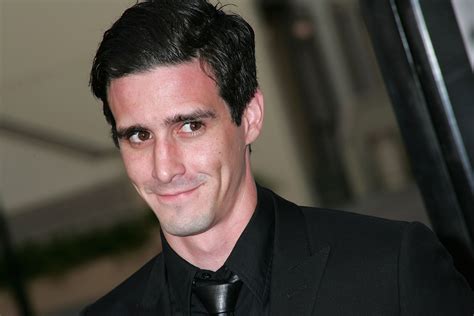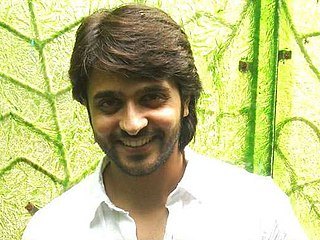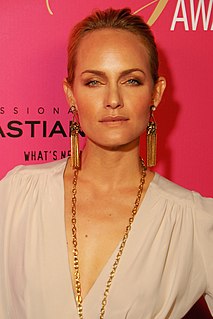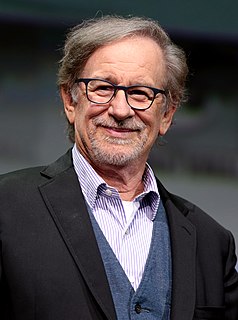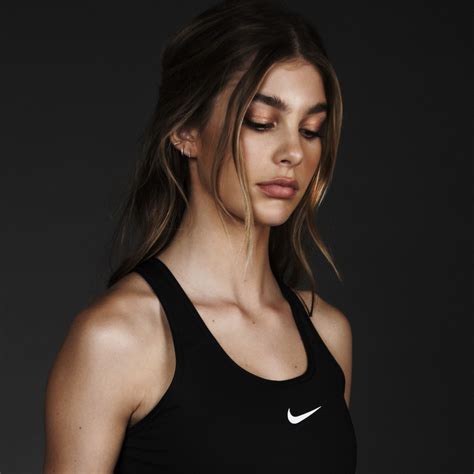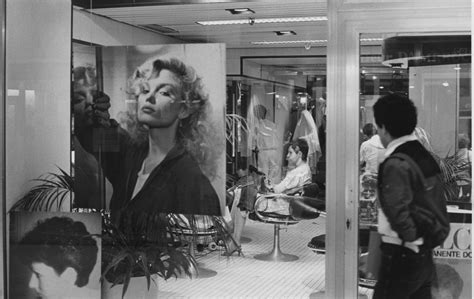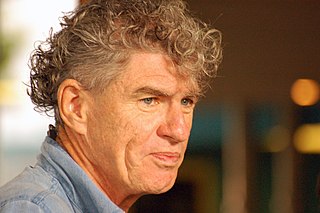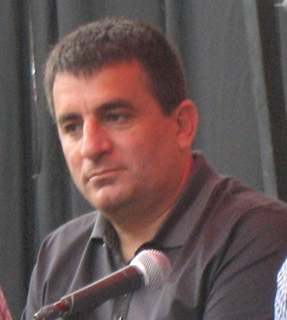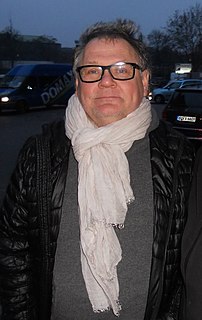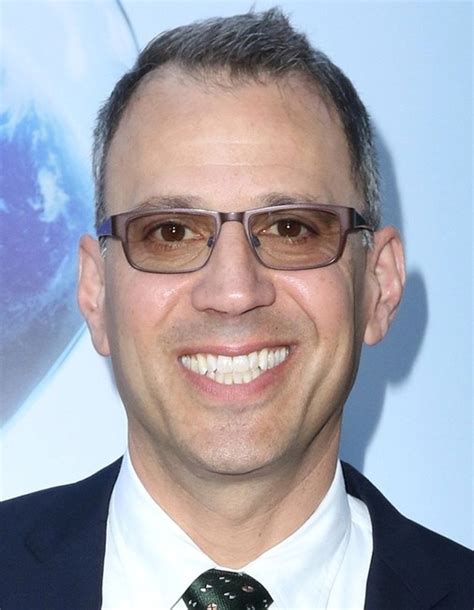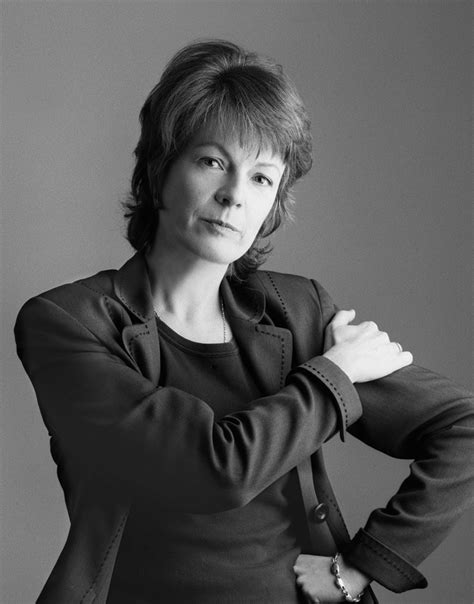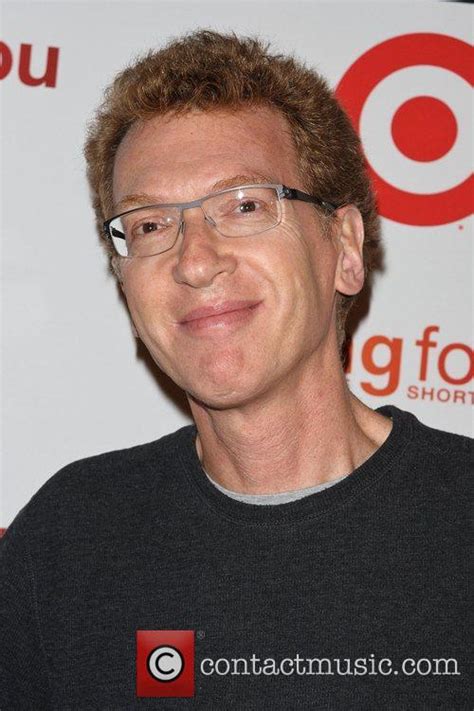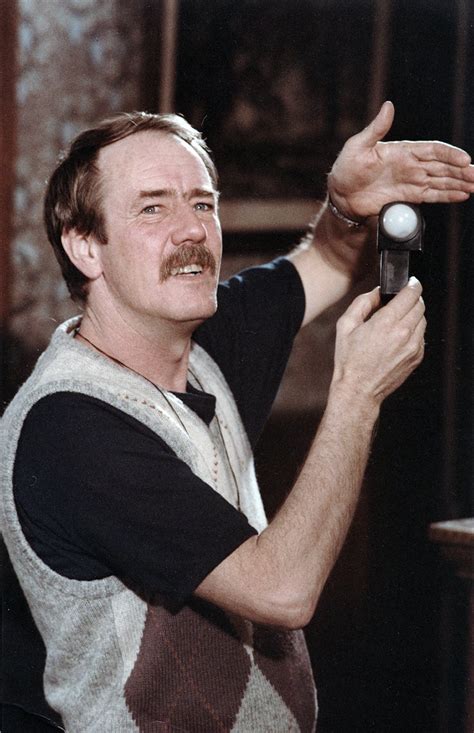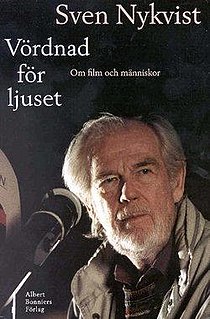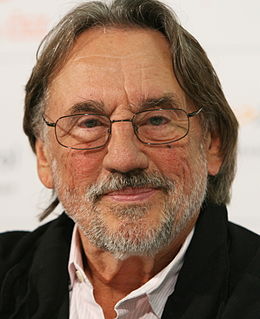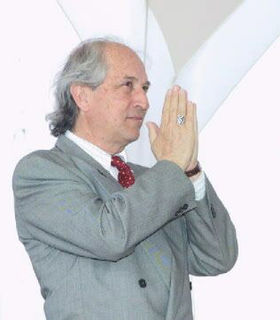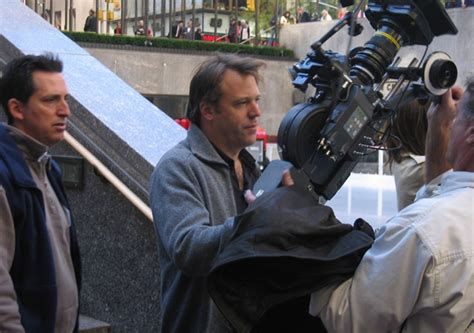A Quote by Seamus McGarvey
You don't have to shoot the film in the first couple days of principal photography.
Related Quotes
I became passionate about nature filmmaking when I graduated from UCLA, and one of the things I always wanted to do was shoot really high quality film, so I got into time-lapse photography - so that means when you shoot a flower, you're shooting, like, one frame every twenty minutes, so that's basically two seconds of a film per day.
I was on a picture for four or five days, had an opportunity to be on a set, and the assistant cameraman kept showing me things. One day I climbed the fence, knowing they needed an assistant cameraman. A couple of days later, I was one. The first day or two, it was pretty disastrous, but I knew something about photography, and I caught on quick.
I came back to Haiti after the earthquake not to shoot a film, but to help and be a part of the rebuilding process, like all my fellow compatriots. I didn't come to shoot a film, but I became frustrated when I realized that my help was kind of useless. We all felt lost and helpless. And it's out of that frustration that I decided to shoot a film.
We made 'Mickey and the Bear' with barely any money with a first-time director, a first-time director of photography, and a crew who had just graduated from NYU film school. We were all very much in this together for the first time. There's no famous actor or big explosions. It's not a Marvel movie. I thought nobody was going to see this film.

